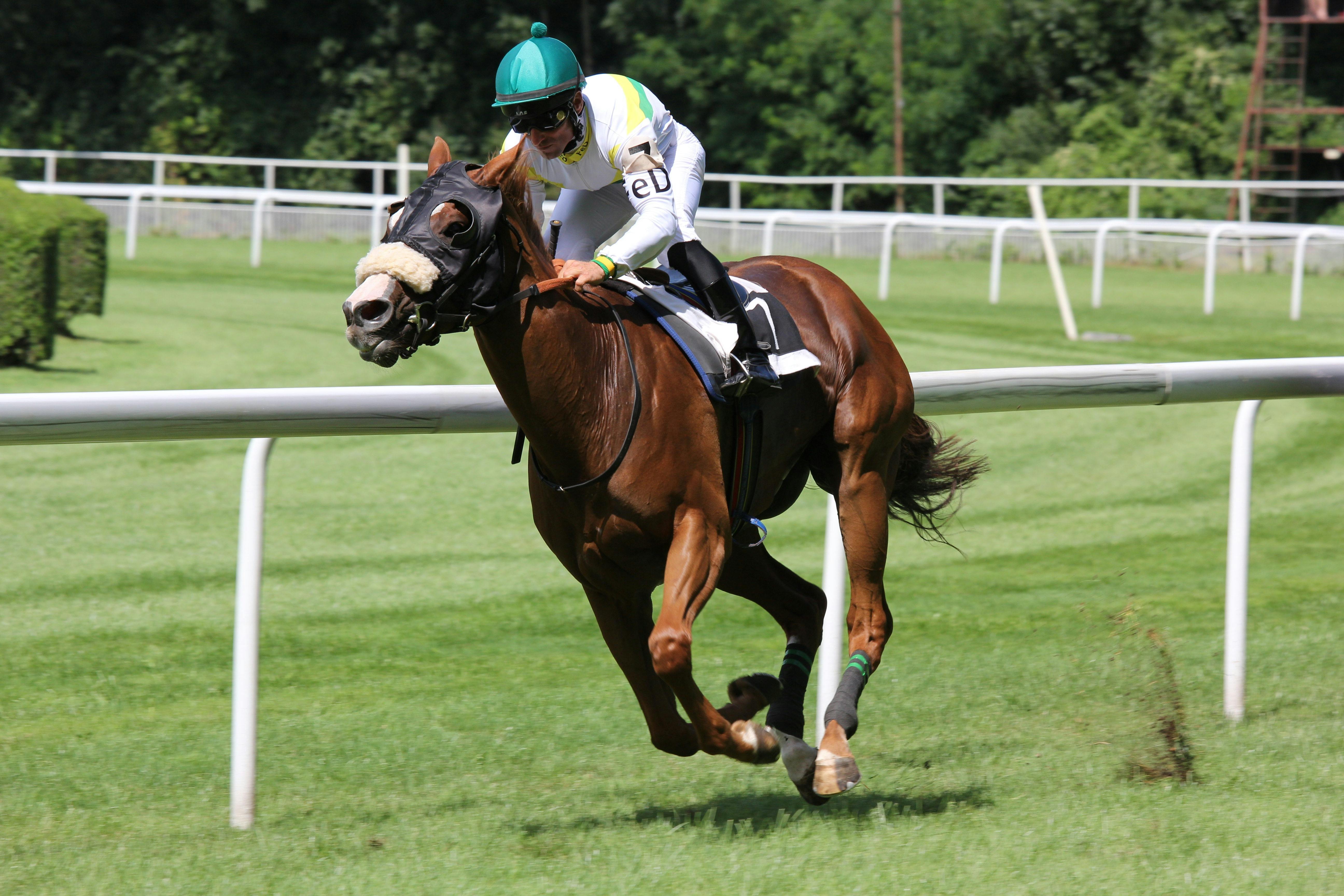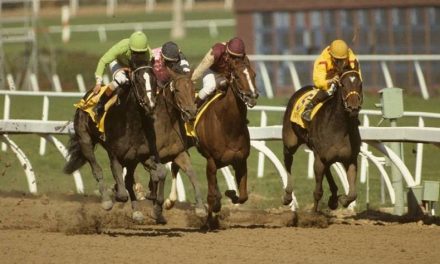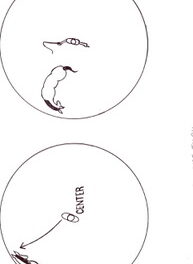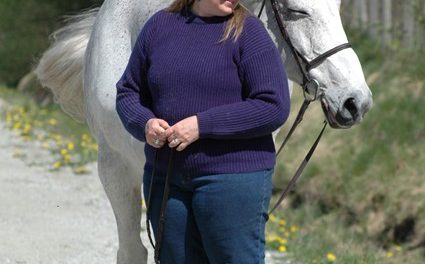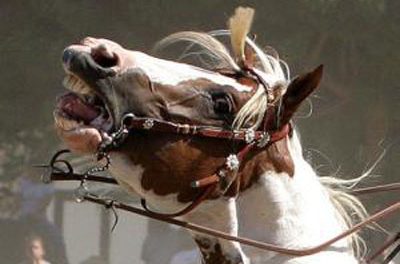Some prefer a solid horse that can go the distance but not necessarily in double-quick time, while others prefer a mount for speed and can gallop at a lightning pace leaving others in its wake. If you find yourself in the second category, then you’re in luck because here we have a few tips that will get you and your horse up to speed. And while it’s highly unlikely that you’ll compete with Kentucky Derby winners, you’ll be on the right track.
We all know that the main goal of physical training is usually to enhance a horse’s performance and to build stamina. This makes sense as endurance is an incredibly important attribute in a horse that is expected to undergo long treks. But when it comes to explosive bursts of speed over short distances, it’s not as significant.
Training schedules should begin with nice and easy, short periods of light exercise that progressively intensify as the weeks and months go by. The key here as with all training programs for our equine friends is patience. Ensure that the program is scheduled over several months and that the rider understands the importance of not rushing the horse. Asking too much of the horse will not only risk an injury that will set the entire program back months of work, but it will make your horse unhappy.
Champion horse trainer Aidan O’Brien whose horse Order of St. George was last year’s winner and this year’s runner-up in the Gold Cup at Royal Ascot maintains that it’s a horse’s happiness that is paramount in training. As a professional racehorse trainer, he rarely gets into the saddle himself, so he encourages his riders to pay attention to the little things that make their horse happy. Whether it’s removing a bridle after a run or an afternoon shower instead of a morning one, you need to know what makes them happy. He is adamant that no matter what you do to train them, it’s still the horse’s decision whether to run or not. And as a champion trainer, he should know a thing or two.
For this reason, you or whoever is riding must get to know the horse intimately to get a sense of their moods. This ensures that you know when to stop and when it’s okay to push a little harder. A rider that knows their horse will also understand how to saddle their mount in such a way that the horse is comfortable. As we said, it’s all about the horse’s happiness.
Training should be consistent for a minimum of eight weeks, and the rider should also maintain their own physical condition. If you put on some pounds over Christmas, then your horse is going to feel it.
Your training program also should include equal amounts of time for warm-ups, trots, loping, long trotting, and of course, cooling down. And just like an Olympic athlete changes up their routine every couple of days, so should you, changing your horse’s by adding a sprint to help develop muscles.
As the training progresses, the most notable difference you will see in your horse will be in its appearance. As it becomes more capable of longer distances and faster runs, you will see its muscle tone become much more defined. In fact, you will notice this before you see any significant difference in speed.
After each session, it’s extremely important to take note of your horse’s condition. Look out for all the telltale signs that something is wrong. Even a horse that is slightly lethargic might be trying to tell you that they’re not enjoying this or that they’re simply not up to the task. So, remember to give plenty of time for rest in between sessions, especially if you suspect an injury; no matter how slight it may seem.
And as with all things regarding your horse, when in doubt, call a professional. If you aren’t sure that your program is working or that you are doing what is best for your horse, call a professional trainer and ask for a consultation. Just a couple of hours in the presence of a professional could make all the difference not only to your program but most importantly, your horse’s happiness.

